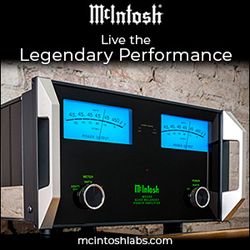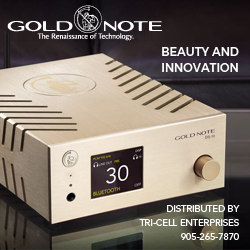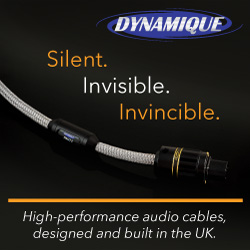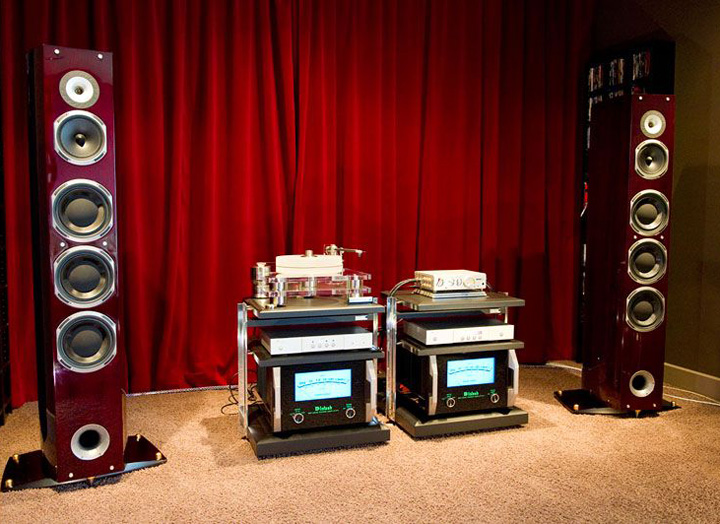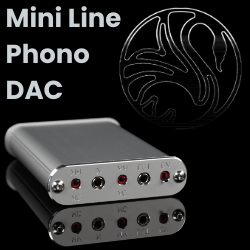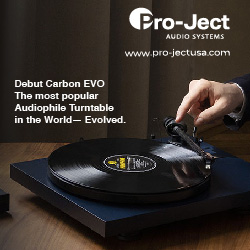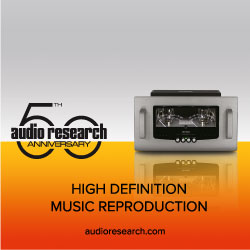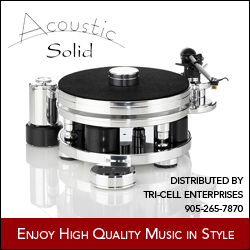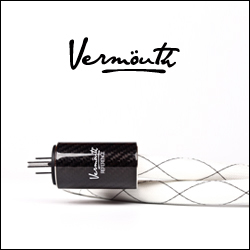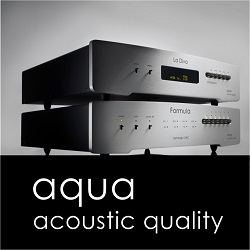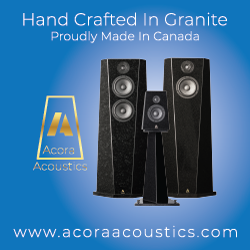Introduction by Steven Huang
What is the common goal that all High End audiophiles seek?
• To create a system that recreates the experience of a concert hall performance.
• An interest in companies that that incorporate leading-edge audio technologies in their products.
• An appreciation of master craftsmanship and the visual beauty of components like loudspeakers and turntables.
• To assemble a cost is no object system to impress those in your social circle.
• To turn water into wine by acquiring/restoring vintage equipment to levels beyond its past glory.
My response is that all High End audiophiles seek bliss. That is the state of extreme happiness or euphoria that one experiences when one listens to their favourite music.
To me High End is differentiated from Hi Fi by the ability to convey the soul of the music rather than the sound of the music.
Our hope is that the Novo High End magazine will help educate you as part of your blissful journey.
For my part, I will try to provide some personal insights on a number of technical topics related to high end audio.
My first article discusses Improving Your Power Distribution System for your home.
==================================================================================
Improving your household AC electrical system is an important factor in optimizing the performance of your audio system.
Note: This article specifically discusses the North American (United States and Canada) electrical system but a number of the concepts may be applicable to other regions of the world.
Alternating current (AC) power is converted to direct current (DC) power used in the audio components which ultimately create music. The better the quality of AC power, the better the musical reproduction.
North America uses a 120V split-phase or single-phase three-wire system.
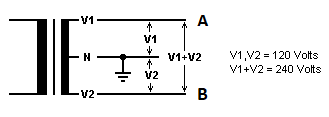
Figure 1 North American Split-Phase AC System
This three-wire single phase system is common in North America for residential and light commercial applications. In this case, the voltages are 120 V line to neutral (grounded center tap of transformer) and 240 V line to line. This system allows 120 volts to be supplied for lighting and convenience outlets, and 240 volts for higher-demand appliances such as space heating, air conditioning, electric vehicle charging, kitchen stoves or water heaters.
Electrical Panel
The electrical panel where power enters your home will have two rows of circuit breakers.
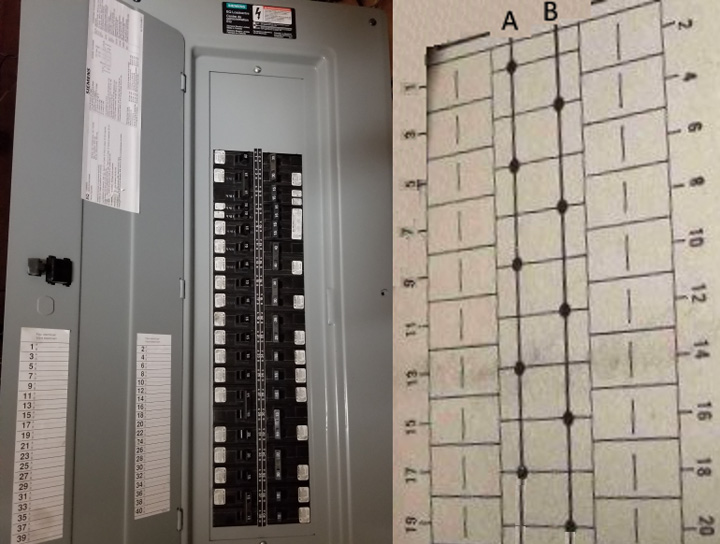
Figure 2A – 200A Residential Electrical Panel
Figure 2B – Circuit Breaker Layout
Half of the breakers are connected to the A leg (phase) of 120V AC power and half of the breakers are connected to the B leg (phase) of 120V AC power. As can be seen from the diagram above it is actually every other full size breaker which is connected to the same phase.
• breakers 1/5/9/13/… and 4/8/12/.. are connected to A phase
• breakers 3/7/9/15/… and 2/6/10/14/.. are connected to B phase.
Now let’s see what the interior of the breaker panel looks like.
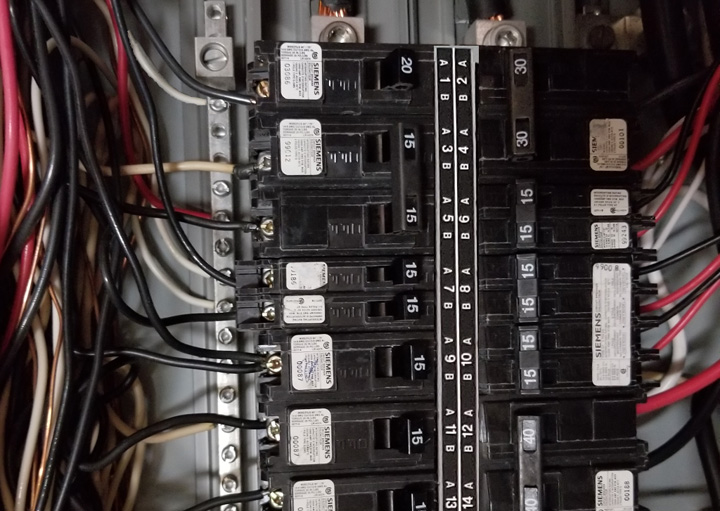
Figure 3 – Electrical Panel Internal View
The mix of breakers found in this electrical panel is typical of an audiophile residence (mine). For reference I am listing the purpose of each circuit breaker .
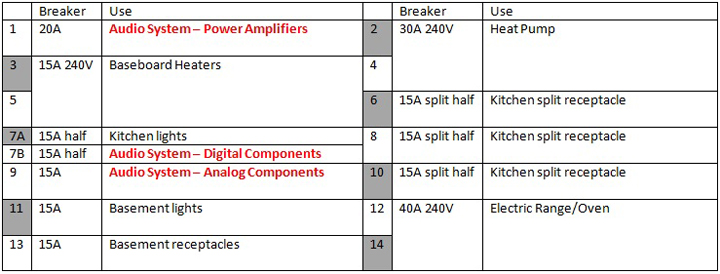
Note: The breakers on phase B are highlighted in grey.
Dedicated AC Circuits
For best performance an audio system should have its own dedicated AC circuits. The AC circuit is the combination of a circuit breaker, electrical distribution wire commonly referred to as ‘Romex’, and one or more AC receptacles at the end point. With dedicated AC circuits we reduce the effects of non-audio electrical devices and lights dumping noise into the AC line. Adding one dedicated AC circuit is a minimum requirement. However for maximum performance one can consider two or more AC circuits. With multiple circuits equipment is grouped according to its function:
• High power amplifiers.
• Analog components. Preamplifiers or source components.
• Digital components*. Anything with a switched-mode DC power supply (SMPS) and home theater components such as Blu-ray players and flat panel televisions.
* These components generate RFI noise that analog components are especially sensitive to.
If there are two or more AC circuits it is absolutely critical that the circuits be on the same phase A or B. This was the convention that I used when doing my electrical system upgrade.
So what happens if the AC circuits are on different phases?
As part of my research for this article, I switched the connections for the Analog components and Basement lights . Of course I turned off the main household breaker before attempting this! With the Analog components on phase B, there was a collapse in sound stage of the music and the tone and timbre of the music appeared to suffer. My golden-ear audio technician ‘W’ had the same observation. Once I restored the correct phase A for the Analog components, the sound stage and the tone and timbre of the music were restored.
Electrical Distribution Wire
The most common situation is to install 20A AC circuits. This would include a 20A circuit breaker, 12AWG Romex, and a 20A AC receptacle as specified by the electrical code. The additional cost of installing 20A circuits versus 15A circuits is trivial and ensures that there is very good current supply for peak demands of the system.
The first optimization that I would suggest is to use cryogenically treated Romex. This can be purchased from a number of DIY audio suppliers in Canada and the United States for about $1.00 US per foot. Cryogenic treatment of the Romex improves the conductivity of the wire. Some people will go the extra mile and use thicker 10AWG cryogenically treated Romex, but be aware that this is very stiff wire and is very difficult to use especially if it needs to be snaked through walls and ceilings. 10AWG cryo-treated Romex is available for around $3.00 US per foot. Some people may also consider using audio grade power cable if they have a big budget. I personally would not recommend it because it is a big expense and most AC power cable is not UL* or CSA* approved for use in residential or commercial construction walls as part of an AC circuit. One notable exception is Cardas which makes a UL-certified 10AWG Romex style wire, but it is expensive at $17.00 US per foot.
* UL (Underwriters Laboratories) and CSA (Canadian Standards Association) provide electrical safety certification for United States and Canada respectively.
I have been asked a number of times about the benefit of cryogenically treating the circuit breakers themselves. I do not recommend this since there is a chance that cryo-treatment may subtly affect the plastic and the spring mechanism which is used to trip the breaker.




